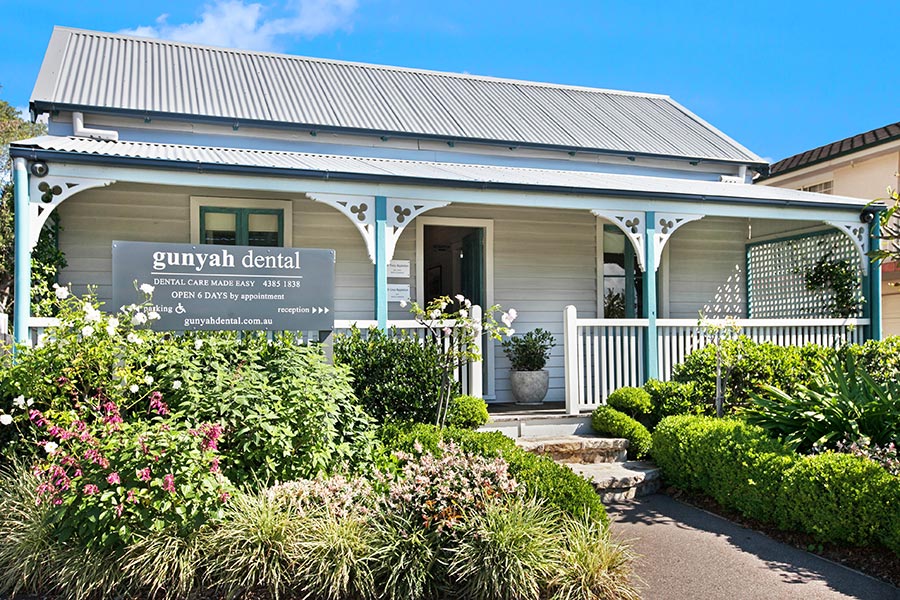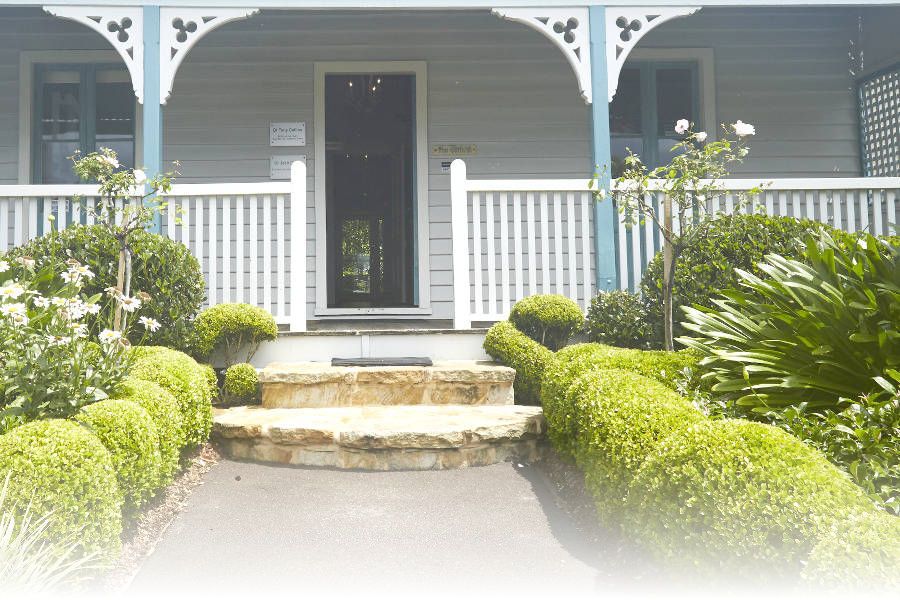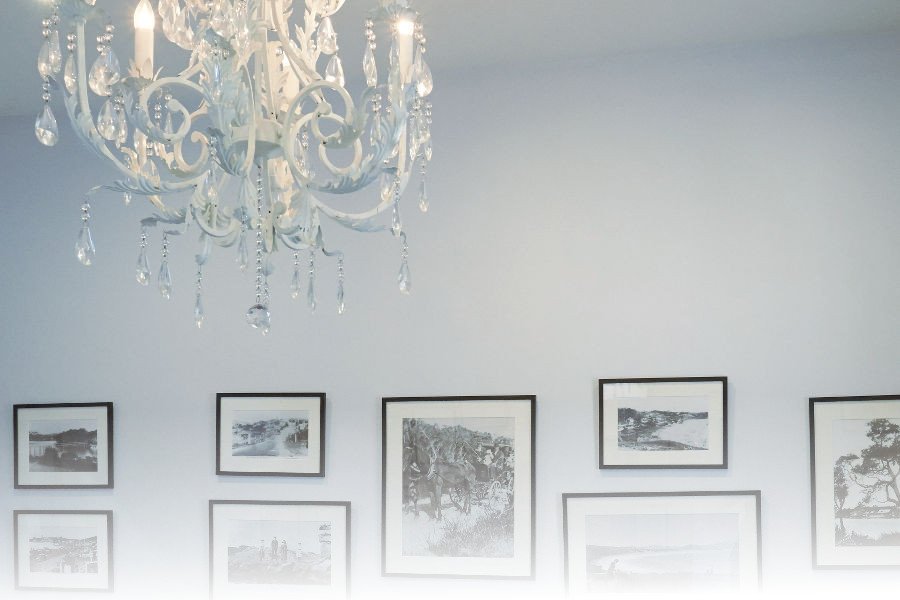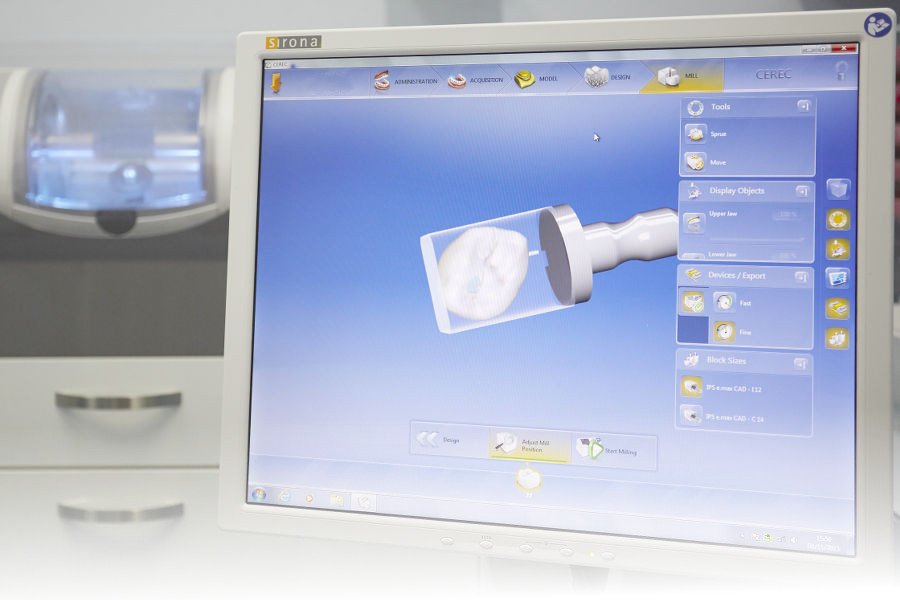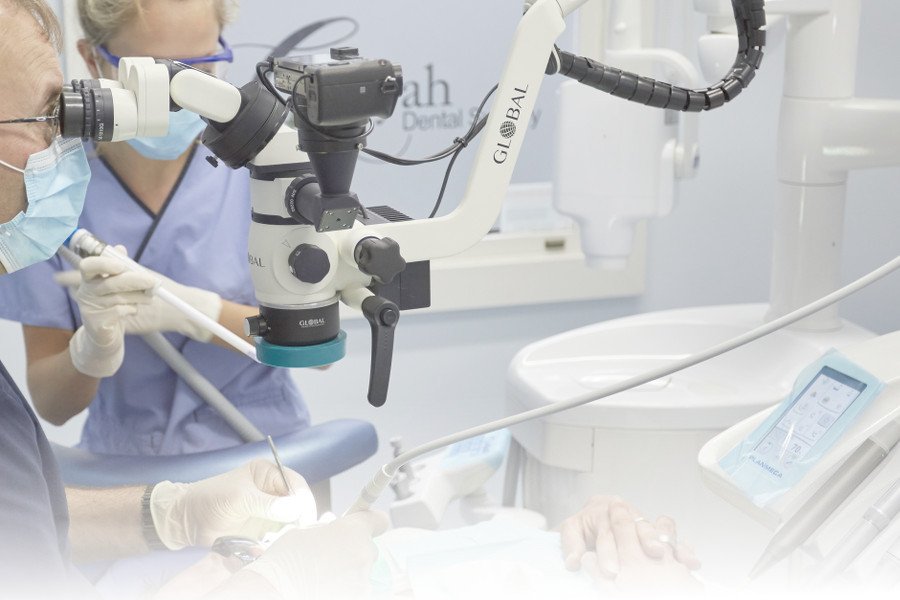Broken tooth
Teeth are remarkably strong, but they can chip, crack (fracture) or break. This can happen in several ways:
- Biting down on something hard
- Being hit in the face or mouth
- Falling
- Having cavities that weaken the tooth
- Having large, old amalgam fillings that don't support the remaining enamel of the tooth

When a tooth chips or breaks, it may not hurt. However, your tongue usually feels the sharp area quite quickly. Minor tooth fractures usually don't cause pain, but if a large piece of the tooth breaks off, it can hurt. The nerve inside the tooth may be damaged. Extreme discomfort also can happen when nerve endings in the dentin are exposed to air, or to hot or cold foods or drinks.
Pain from a broken or cracked tooth may be constant or may come and go. Many people feel pain when they chew because chewing puts pressure on the tooth.
If your tooth is broken, chipped, or fractured, call us as soon as possible. Otherwise, your tooth could be damaged further or become infected, possibly causing you to require root canal treatment or even end up losing the tooth.
Treatment options
Treatment for a broken or chipped tooth will depend on how severely it is damaged. If only a small piece of enamel broke off, the repair can usually be done simply in one visit. A badly damaged or broken tooth may require a more lengthy procedure.
At Gunyah Dental we follow the principles of biomimetic and minimally invasive dentistry whenever possible and we choose to use tooth restorations and techniques that imitate natural teeth, both in appearance and function. We treat weak, fractured and decayed teeth in a way that keeps them strong and seals them from bacterial invasion.
Dental filling or bonding
Gunyah Dental is an amalgam-free practice and we use bonded tooth-coloured fillings as the alternative to traditional mercury fillings. These fillings can be used to restore small to medium sized areas of decay on a portion of any tooth.
After the broken portion of the tooth or tooth decay is removed and cleaned, this tooth-coloured material is layered into the tooth and hardened with high intensity light. After shaping and polishing, the final restoration is virtually invisible.
CEREC inlays and onlays
Dental inlays and onlays are used when teeth are decayed or broken or when old fillings need to be removed or replaced. A dental inlay is similar to a filling and fits inside the cusp tips (top edges) of the tooth. A dental onlay is more extensive and extends over the cusps of the treated tooth.
In certain cases CEREC inlays and onlays offer excellent alternatives to crowns and also offer a well-fitting, stronger, longer lasting reparative solution to tooth decay or similar damage than tooth coloured fillings. CEREC provides us with the materials, technology and techniques to repair many teeth to full strength without the need for the more destructive tooth removal required for traditional methods of tooth restoration. CEREC onlays and inlays can be made in one visit.
Crowns
A crown (cap) is used to restore teeth which are fractured, heavily broken down or severely decayed. A crown usually covers the entire visible portion of the tooth and restores it to its original shape, size, and desired colour. At Gunyah Dental we have the advanced CEREC technology and are able to make strong and beautiful crowns in one visit. We also use excellent laboratories if a conventional or metal crown is required.
Veneers
If a front tooth is broken or chipped, a dental veneer can be constructed to restore the tooth. A dental veneer is a thin shell of tooth-coloured ceramic or resin composite material that covers the whole front of the tooth (much like a false nail covers a fingernail) with a thicker section to replace the broken part of the tooth. CEREC technology can be used to create a strong and beautiful ceramic veneer in one visit. We also use excellent laboratories if a conventional porcelain veneer is required.
Root canal treatment
If a tooth chip or break is large enough to expose the pulp - the centre of the tooth containing nerves and blood vessels - bacteria from the mouth can enter and infect the pulp. If your tooth hurts, changes colour, or is sensitive to heat, the pulp is probably damaged or diseased. Pulp tissue can die and if it's not removed, the tooth can become infected and need to be extracted. Root canal therapy involves removing the dead pulp, cleaning the root canal, and then sealing it.
If you have a broken tooth please contact Gunyah Dental. We will always try to offer you a same-day appointment to make the tooth more comfortable and we will organise a permanent solution at the earliest opportunity.

